Japanese Food and Philosophy
You cannot write for the Japanese culture and arts section and not address food. I’ve said this countless times, and as many of us who live in Japan know, food is such an important part of Japanese culture, both seasonally and traditionally. After shodo practice, when my legs have received enough pain from sitting seiza and my wrist can no longer control my brushstrokes, my sensei and I always end our sessions with a cup of genmai cha and mochi or senbei. We proceed with our usual deep conversations of life and cultural comparisons, discussions that can often last until late into the night. A very traditional Japanese woman by nature who enjoys international travels, she reflected “There is no country with food quite as delicious as Japan, is there?†A debatable statement, but I can see how many Japanese people may view too salty/too sweet and large portion size as unappetizing.
As gaijin, we may have a love/hate relationship with Japanese portions, some of us grateful for the loss of a few pounds, and some disappointed with never feeling quite full. And although I personally love natto and umeboshi, they are definitely acquired tastes difficult for some gaijin palates. But we weren’t just talking about flavors or portion size, we were also talking about presentation. In Japanese cuisine, the many small dishes of tsukemono (pickled things), nimono (boiled things), sunomono (vinegared things) are something to 楽ã—ã¿â€œtanoshimi;†to enjoy and look forward to, with every dish served in various beautiful ceramics and pottery. Japanese cuisine is beautiful. It is art, and as I mentioned in a previous article, reflects nature. The beautiful dishware adds to the artistry, and the beauty of the presentation only makes eating and tasting more enjoyable.
 Japanese cuisine is a skilled craft, and unique in that there is so much effort, time and love given for what seemingly is the simplest, insignificant dish. Take for example tsukemono. Those two pieces of daikon or wrinkled cucumbers – which take up an inch or two in your bento, whose odor you don’t care for and that you probably leave untouched anyway – have been tended to with the utmost care. After harvesting your vegetable of choice and getting on your hands and knees to mix in your nuka (rice bran) in the tsukemono barrels, the pickling process can take from a month even up to a whole year. And while there are many pickling processes with various ways of flavoring, it still seems like a hassle for a minute okazu (side dish). Even those two slices of dashimaki tamago – first the dashi soup stock had to be made with bonito flakes and kombu (kelp), then you add your mirin (sweet rice wine) and shoyu, and proceed through the delicate process of layering the egg mix, grilling and rolling it to form your log (difficult, believe me I tried). While these days there are square pans and okonomiyaki spatulas to help with the process, making dashimaki really requires a skilled hand. Most chefs do it on a regular circular pan with chopsticks and a flick of the wrist. You also have to make sure you have the right ratio of ingredients to get that perfect flavor and fluffy texture. What seems simple is really done in elaborate ways. And as with many Japanese arts, simplicity is sometimes more difficult to perfect.
Japanese cuisine is a skilled craft, and unique in that there is so much effort, time and love given for what seemingly is the simplest, insignificant dish. Take for example tsukemono. Those two pieces of daikon or wrinkled cucumbers – which take up an inch or two in your bento, whose odor you don’t care for and that you probably leave untouched anyway – have been tended to with the utmost care. After harvesting your vegetable of choice and getting on your hands and knees to mix in your nuka (rice bran) in the tsukemono barrels, the pickling process can take from a month even up to a whole year. And while there are many pickling processes with various ways of flavoring, it still seems like a hassle for a minute okazu (side dish). Even those two slices of dashimaki tamago – first the dashi soup stock had to be made with bonito flakes and kombu (kelp), then you add your mirin (sweet rice wine) and shoyu, and proceed through the delicate process of layering the egg mix, grilling and rolling it to form your log (difficult, believe me I tried). While these days there are square pans and okonomiyaki spatulas to help with the process, making dashimaki really requires a skilled hand. Most chefs do it on a regular circular pan with chopsticks and a flick of the wrist. You also have to make sure you have the right ratio of ingredients to get that perfect flavor and fluffy texture. What seems simple is really done in elaborate ways. And as with many Japanese arts, simplicity is sometimes more difficult to perfect.
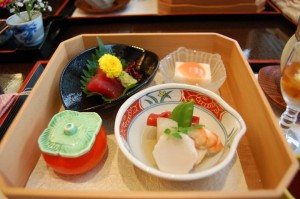 This brings me to an important part of Japanese cooking philosophy. Almost everything is flavored using mirin, shoyu and sake in varying ratios. I learned this next part from my elementary students’ lunch speech, which they do after preparing school lunch and before serving their classmates. Commonly known amongst the Japanese, the basics of cooking and adding ingredients follows the hiragana order: ã•Sa: Sato (sugar), ã—Shi: Shio (salt),ã™Su: Su (vinegar), ã›Se: Shoyu (soy sauce), ãSo: Miso (fermented soybean paste). This is the best order to add condiments when cooking, and has to do with how heat affects flavoring. And while Japanese cuisine is quite light in flavor, it is difficult to calculate the perfect balance of ingredients to create the perfect balance in taste. A sushi chef once told me, “Add garlic, butter, and salt to anything and it’ll taste good, but if I give you mirin, shoyu, and sake, let’s see what you can make.â€
This brings me to an important part of Japanese cooking philosophy. Almost everything is flavored using mirin, shoyu and sake in varying ratios. I learned this next part from my elementary students’ lunch speech, which they do after preparing school lunch and before serving their classmates. Commonly known amongst the Japanese, the basics of cooking and adding ingredients follows the hiragana order: ã•Sa: Sato (sugar), ã—Shi: Shio (salt),ã™Su: Su (vinegar), ã›Se: Shoyu (soy sauce), ãSo: Miso (fermented soybean paste). This is the best order to add condiments when cooking, and has to do with how heat affects flavoring. And while Japanese cuisine is quite light in flavor, it is difficult to calculate the perfect balance of ingredients to create the perfect balance in taste. A sushi chef once told me, “Add garlic, butter, and salt to anything and it’ll taste good, but if I give you mirin, shoyu, and sake, let’s see what you can make.â€
The perfect balance of salt, sweet and sour flavors, the balance of fried, boiled and pickled textures, and the artistry put into the presentation is what makes Japanese food so special and the Japanese masters in their craft. It is when you enjoy the eating experience that the food tastes even more delicious.
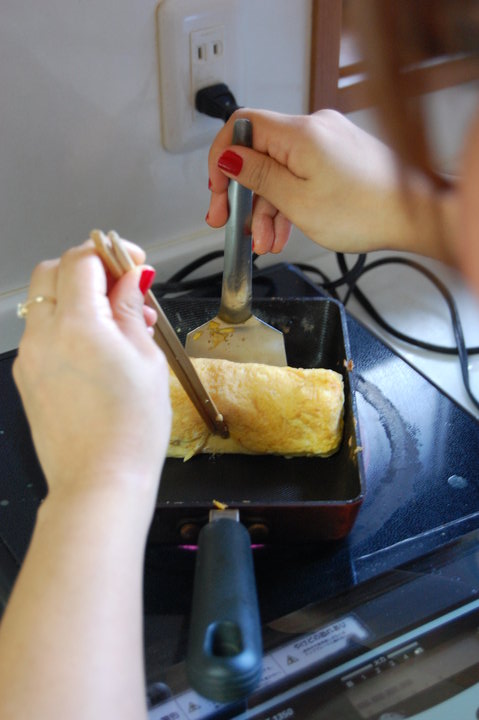
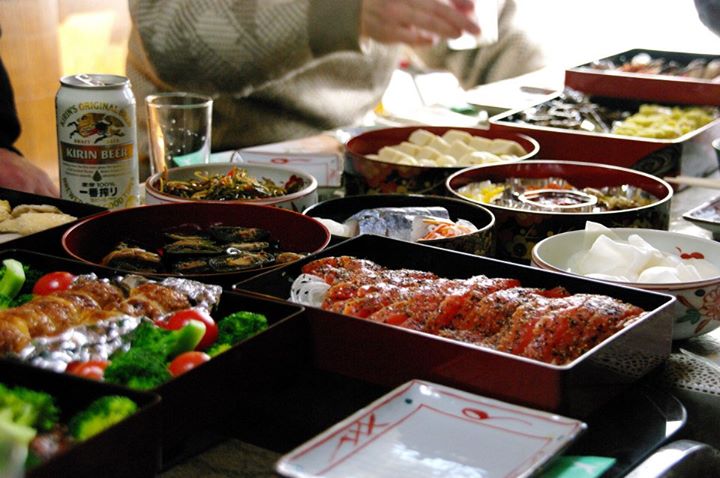


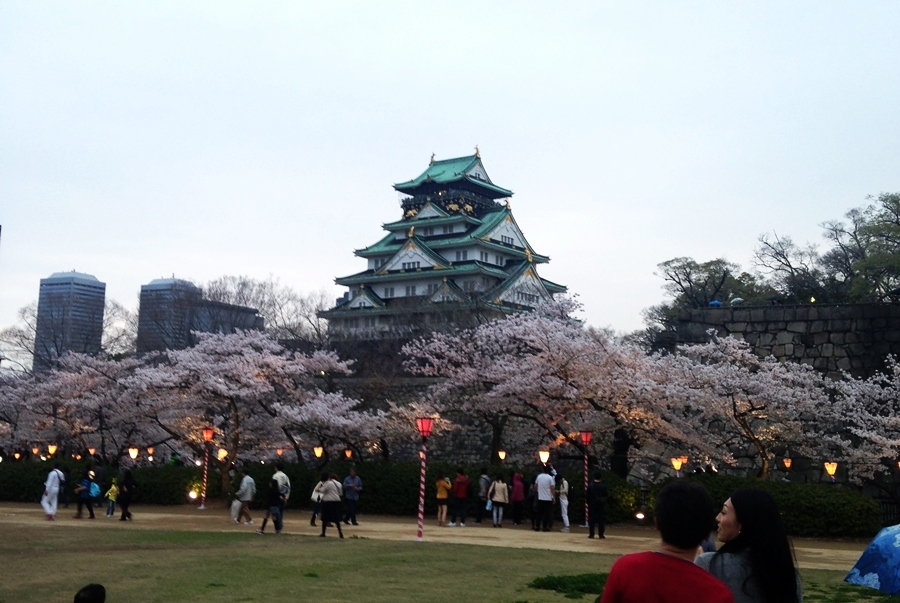
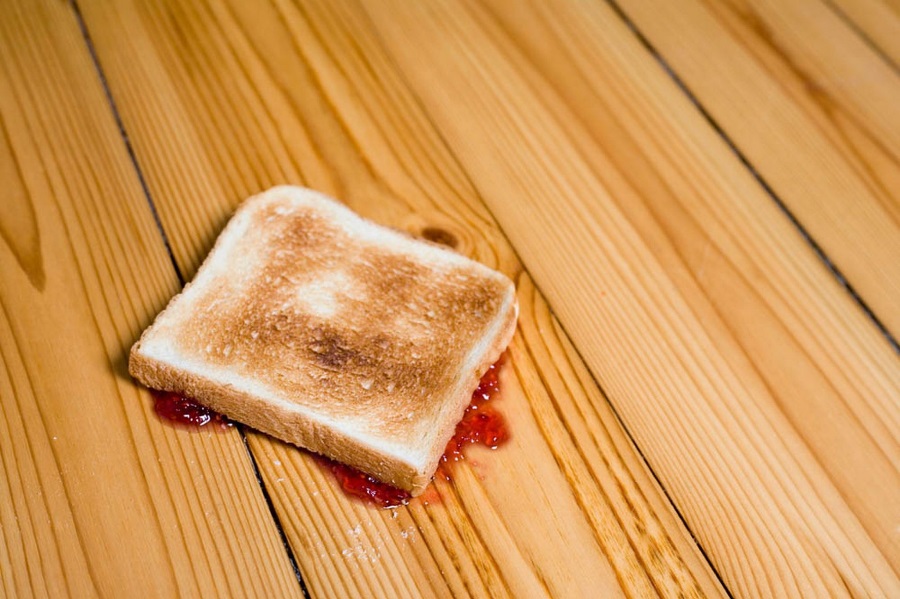

Thanks for the article. I agree the Japanese have found some perfectly balanced flavors that can’t readily be appreciated by other countries. I like the quote about garlic, butter and salt. I’m sure I will miss Japanese flavors back in America…